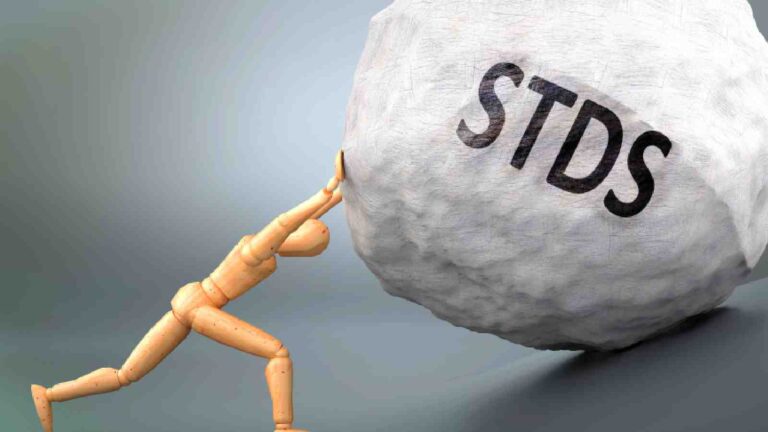
[ad_1]
Sexual health remains a taboo for most people in India, regardless of the fact that sexual disease cases are increasing at a rapid rate in the country. There is a lack of awareness about signs, symptoms, and preventive measures for sexually transmitted infections (STIs) or sexually transmitted diseases (STDs). Being infected by an STD can have a direct impact on one’s overall health (be it sexual or reproductive). To avoid widespread contraction, it is vital that one takes precautions, and ensures prevention from getting infected.
How does sexually transmitted disease spread?
The viruses or bacteria that can cause STDs usually pass from person to person through blood, semen, vaginal, anal, oral sex, and other bodily fluids. This infection can also be transmitted in non-sexual ways, like from mother to infant during pregnancy, during a blood transfusion, or by using shared needles. STIs can have a direct impact on the sexual and reproductive health of women, which can even lead to further complications in pregnancy, infertility, or a high risk of HIV. The most common types of STIs are syphilis, chlamydia, herpes, human papillomavirus (HPV) and hepatitis.
Also Read: Beware of the 5 STDs that have no cure

Symptoms of sexually transmitted disease
STIs or STDs can have a range of signs and symptoms. Sometimes a person can be healthy and may not even know they have an infection. That’s why sometimes the symptoms may go unnoticed until complications occur, or it is diagnosed. However, there are certain common signs of STIs that may show up:
- Experiencing pain during sex
- Abnormal discharge from the vagina or penis
- Change in urination pattern or pain or burning sensation
- Rashes over the trunk, hands, or feet
- Lower abdominal pain
Precautions to take
One should look for any of the above symptoms after exposure. However, it may take years to have any noticeable symptoms, depending on the organism causing STI. Therefore, utmost importance must be given to preventive measures and taking steps to avoid the spread of STIs or STDs at any stage of life.

The first and most important step is to be cautious and careful about sexual activities.
- Use a latex condom during sexual activities.
- Get yourself vaccinated against Hepatitis B and HPV. HPV vaccines can be given at age of 11-12 years.
- Maintain intimate area hygiene, and wash the vagina and penis regularly with mild and non-scented soap or merely with water post intercourse.
- Have a stable sexual relationship with a single partner. Having multiple partners can increase the risk of catching STIs or STDs.
Even though the spread of STIs is very common as they can spread easily, they can be treated and cured completely. However, prevention is the key to sexual happiness. Taking simple precautionary measures during sexual or nonsexual activity can reduce the risk of STIs.
[ad_2]
Source link